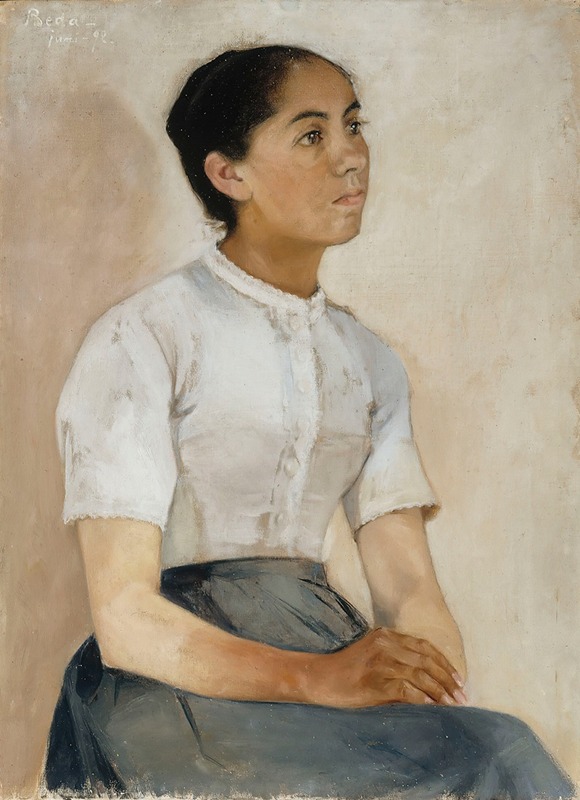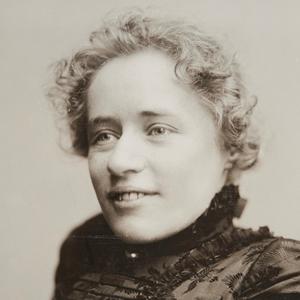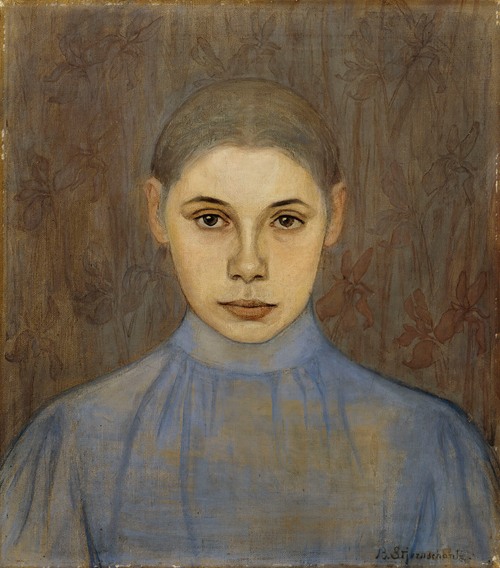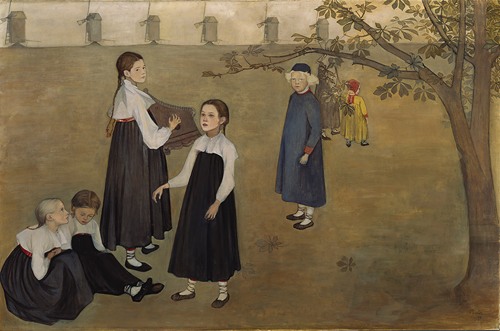

Beda Maria Stjernschantz was a Finnish painter, whose production, which was mainly found in the 1890s, represents symbolism. Her production was limited and her career ended prematurely due to economic and health problems.
Beda Stjernschantz belonged to the noble family of Stjernschantz. Her parents were Captain Johan Wilhelm Stjernschantz and Alma Charlotta Sirén, who served as Traffic Director of the Railway Boar. Her younger brother was the curator of the Ateneum Art Collection, Torsten Stjernschantz. After the family moved to Helsinki, Beda attended a German girls' school. She studied at the School of Drawing of the Finnish Art Association from 1885 to 1889. Her art was first displayed in the Finnish Artists' Exhibition in 1891.
After saving enough money, Stjernschantz traveled with Ellen Thesleff to Paris in the autumn of 1891, where they studied at the Académie Colaross. Stjernschantz had to return to Finland in less than a year. Although the art teaching of the Académie Colaross was traditional, she also received guidance in Paris from the Finnish art student Magnus Enckell, who introduced her to the new symbolist flow. They were the first Finnish artists to adopt the symbolist style and the underlying philosophy of art, according to which art should depict the permanent ideas behind reality and not merely imitate the external form of reality. Stjernschantz was particularly impressed by Pierre Puvis de Chavannes.



